Table Of Contents
The History of the Video Game Controllers
The video game industry’s history is full of innovation and creativity.
Video game controllers have evolved significantly alongside gaming consoles, shaping how players interact with their favourite games.
Early controllers, such as simple joysticks, paved the way for highly sophisticated game controllers.
Now, modern controllers provide enhanced precision, improved comfort, and immersive gameplay features.
Every generation of game controllers has brought something new to gaming.
Their evolution has been essential in enhancing the overall gaming experience.
Gaming has advanced rapidly, making controllers more intuitive and ergonomic.
Game controllers, such as the PlayStation and Xbox controllers, have changed drastically over time.
The rise of motion controllers and wireless ones revolutionised gaming.
The DualSense controller, PlayStation 5 console controller, and Xbox 360 controller showcase the latest innovations in controller design.
The evolution of the video game industry reflects the constant drive for better console controllers.
The Early Days: Simple and Functional
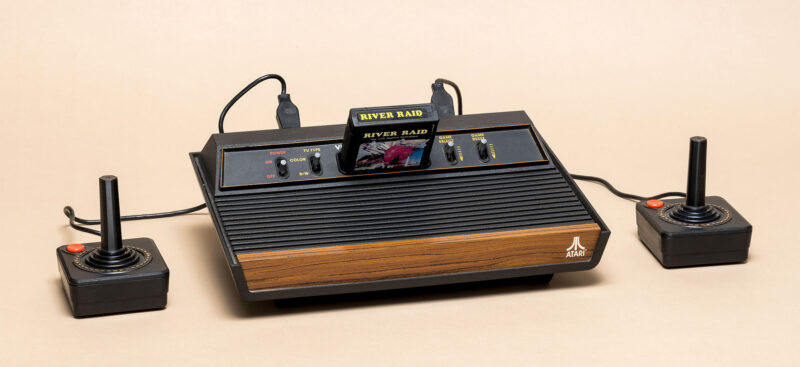
Separate devices used to control the game first emerged in the 1970s, defining the mechanics of early video game consoles.
Basic designs focused on simple input mechanics, allowing players to navigate digital worlds.
At the time, innovation in controller design was limited.
However, these early controllers laid the foundation for future advancements.
Game controllers were designed to provide basic but effective gameplay experiences.
Nintendo, Sega, and Atari contributed to early controller designs.
The introduction of the first console paved the way for future game console innovations.
1972 – Atari Pong Paddle
A rotating dial allowed movement, paired with one functional button.
This controller matched Pong’s straightforward and minimalistic mechanics.
Although simple, it introduced an interactive way to control the game.
It set the standard for future controller designs.
The Atari Pong paddle demonstrated how controllers could enhance gaming precision.
Controllers include unique designs that improved input methods.
The early generation of controllers relied on simple mechanics to deliver engaging experiences.
The first console controllers showcased the need for improved input mechanisms.
1977 – Atari 2600 Joystick
A joystick and a single button became an iconic design of early gaming.
It provided a tactile and engaging feel for games like Asteroids and Space Invaders.
This joystick was widely adopted in the gaming industry.
It demonstrated how input devices could create more engaging experiences.
The Atari 2600 joystick was one of the most recognisable controllers.
The Atari 2600 became one of the most famous home consoles.
The controller design allowed greater control for fast-paced arcade-style games.
The Atari 2600 remains a defining part of the history of the video game industry.
Controllers during this period were minimal yet highly effective.
They introduced gaming to a much broader audience, laying the groundwork for future innovations.
The joystick was a revolutionary step in video game controller design.
Controllers could enhance gaming accessibility and improve gameplay.
Nintendo, Sega, and Atari played key roles in controller evolution.
Game console advancements focused on improving the controller used for games.
The Rise of Multi-Button Controllers
As gaming evolved, controllers adapted with additional features and complexity.
The 1980s and 1990s saw the birth of more sophisticated gamepads.
Developers recognised the need for enhanced control mechanisms.
Multi-button controllers became a necessity for modern gaming.
The introduction of shoulder buttons and a refined D-pad improved gameplay.
Nintendo and Sega played major roles in design evolution.
The Nintendo and Sega Master System pushed innovation.
The development of the pro controller further refined gaming inputs.
1983 – Nintendo Entertainment System (NES)
The rectangular gamepad introduced a D-pad and two primary buttons.
It improved platformer gameplay, as seen in Super Mario Bros.
This is a simply controller that became a blueprint for future gamepads.
It allowed players to enjoy smoother and more precise controls.
The NES controller helped Nintendo popularise gamepads in the gaming industry.
The Nintendo Entertainment System introduced controller design improvements.
Famicom and NES controllers set the standard for ergonomic game controllers.
1990 – Super Nintendo Entertainment System (SNES)
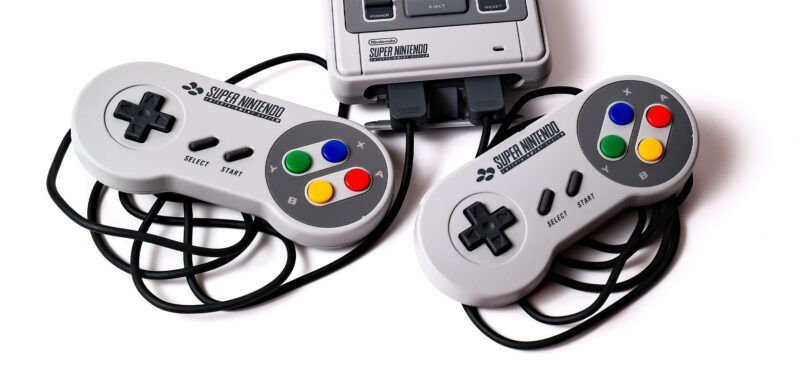
More buttons and shoulder triggers enhanced gaming depth and complexity.
Fighting games like Street Fighter II benefited significantly from these additions.
The SNES game controller set a new industry standard.
It allowed developers to create more intricate gameplay mechanics.
Super Nintendo controllers refined design for future consoles.
The Super Nintendo Entertainment System became one of the most influential home consoles.
The SNES controller paved the way for ergonomic controller design.
The addition of shoulder buttons improved directional input handled by players.
Game controllers became crucial for improving overall gaming experiences.
They allowed for refined control over character movement, making games more immersive.
Nintendo popularised ergonomic designs and advanced input methods.
Sony and Xbox controllers improved gaming precision.
The evolution of the game console controller focused on refining input controls.
The Analogue Revolution
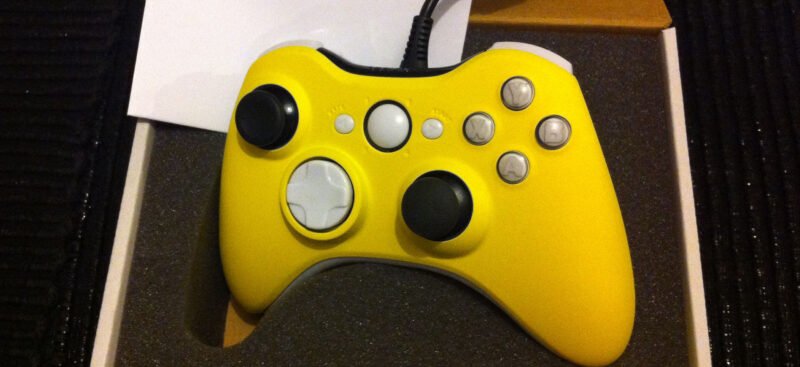
The mid-1990s introduced analogue sticks, bringing a new era of gaming. This was a major turning point in design.
Moreover, analogue sticks enabled players to navigate 3D environments with greater precision.
Additionally, the transition from 2D to 3D gaming required more advanced input mechanisms.
Controllers became more comfortable, durable, and accurate. The introduction of the DualShock 3 and Nintendo 64 gear changed gaming.
Furthermore, the controllers become smaller while improving performance.
Notably, early consoles featured a regular paddle gear, but state-of-art controllers offer more sophisticated control.
1997 – Nintendo 64
An analogue stick enabled smooth movement and advanced navigation in 3D worlds.
Zelda: Ocarina of Time showcased the capabilities of this revolutionary feature.
The Nintendo 64 controller changed how players controlled their characters.
It set a precedent for future controller innovations.
Nintendo’s innovation helped define how modern game controllers function.
The Nintendo 64 was a defining moment in the history of the video game industry.
1998 – Sony DualShock
Sony introduced two analog sticks and rumble feedback to enhance immersion.
This design improvement solidified the PlayStation brand’s dominance.
It gave players a more immersive experience by simulating in-game vibrations.
This technology influenced almost every modern game controller.
The PlayStation DualShock controller redefined game controller design.
It became synonymous with Sony’s game console advancements.
The introduction of force feedback wheel technology enhanced racing games.
Developers now focused heavily on realistic and interactive input experiences.
This shift led to more immersive and dynamic gameplay.
The PS5 continues to refine controller design with haptic feedback.
Nintendo Switch controllers provide versatility in handheld and docked modes.
Wireless Freedom and Customisation

The 2000s introduced controllers without cable restrictions. This shift allowed players to game freely from anywhere in the room.
Additionally, controller customisation became more common. Both casual players and competitive gamers sought personalised controller options.
Moreover, also game controllers evolved with improved ergonomics and advanced features.
The ability to use a gamepad instead of a keyboard and mouse for PC gaming became more prominent.
Furthermore, controllers are designed to offer comfort and flexibility, ensuring they meet various playstyles.
2005 – Microsoft Xbox 360 Wireless Controller

Microsoft’s gear provided unmatched comfort and flexibility.
Its ergonomic design and responsive triggers made it ideal for FPS games.
Halo 3 and other shooters benefited greatly from this innovation.
Additionally, the Xbox also enhanced compatibility with PC gaming.
The Microsoft Xbox controller demonstrated how controllers become smaller and more refined while maintaining performance.
Moreover, the controller was bundled with many console packages, making it one of the biggest influences on controller design.
This generation of consoles brought significant advancements in controller technology.
The Xbox was bundled with a controller, reducing the need for controller ports.
The controller would go on to set a new standard in gaming.
The first Xbox console had already introduced a unique controller, but the Xbox 360 refined it further.
It successfully merged the best features of different controllers into one.
Microsoft continued this trend with the Xbox Adaptive Controller, ensuring accessibility for all players.
While some previous controllers were considered the worst game controllers, the Xbox 360 controller was praised as one of the greatest controllers of all time.
2013 – PlayStation 4 DualShock 4 Controller

Sony’s PlayStation 4 controller, the DualShock 4, introduced a touchpad, speaker, and refined design.
This gamepad pushed innovation while maintaining familiarity.
Additionally, PlayStation users appreciated the improved ergonomics and advanced inputs.
Controllers are designed with player needs in mind, ensuring they cater to diverse preferences.
Furthermore, the DualShock 3 had set a high standard, and the DualShock 4 improved upon it significantly.
Customisation gained traction as modded controllers and accessories emerged.
Gamers could personalise button layouts, colours, and trigger sensitivity.
On top of that, this period marked a significant shift toward tailored gaming experiences.
The ability to modify a controller instead of using a standard design became increasingly popular.
Furthermore, this generation of video game controllers saw the rise of advanced modifications built into the controller itself.
Modern Masterpieces – PlayStation 5 Console Controller, Hall Effect Sensors and Precision Engineering
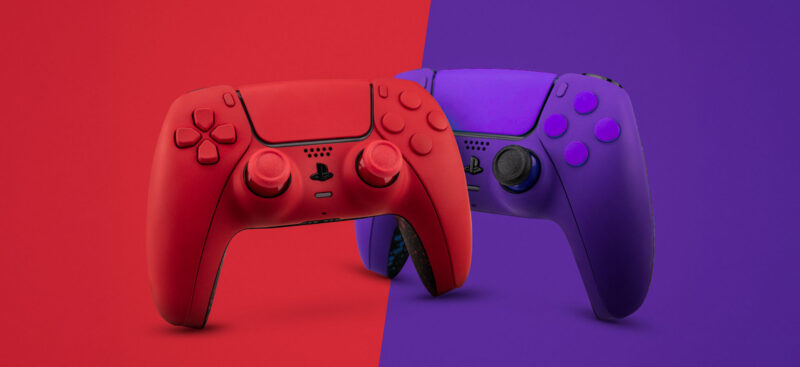
Today, gaming controllers incorporate cutting-edge technology.
Precision, comfort, and customisation define modern video game controller design.
Additionally, controllers cater to casual players and professional esports competitors alike.
The Sony DualSense controller enhances gaming immersion with adaptive triggers.
Moreover, this piece of gaming gear was bundled with the PS5, ensuring that players immediately experienced its innovative features.
Hall Effect Sensors
These sensors eliminate mechanical wear for longer-lasting accuracy.
Many top controllers now feature Hall Effect-based input systems.
Custom Controllers
Platforms like AimControllers allow players to design personalised controllers.
Adjustable triggers, remappable buttons, and aesthetic choices enhance gaming.
Adaptive Triggers
Sony introduced adaptive triggers and haptic feedback.
This feature simulates in-game resistance, adding deeper immersion.
Adaptive triggers change how players experience tension in gameplay.
Modern controllers bridge the gap between hardware and immersive gameplay.
Each innovation improves how players interact with their games.
The Future of Gaming Controllers
Controller technology continues to evolve, promising exciting advancements.
Future controllers may integrate even more innovative features.
AR and VR Integration
Controllers will enhance virtual and augmented reality gaming.
Meta Quest Touch Controllers lead the way in motion-based gaming.
Biometric Sensors
Upcoming controllers may adjust gameplay based on player biometrics.
Heart rate, hand pressure, and stress levels could influence interactions.
Conclusion
The evolution of game controllers showcases rapid technological innovation.
From simple joysticks to feature-packed gamepads, progress never stops.
Game controllers are now essential to modern gaming.
Nintendo, PlayStation, Sega, and Xbox have all shaped controller development.
Wireless controllers and motion controllers brought new ways to play.
Nostalgic for Atari or excited by PS5?
Each controller tells a unique gaming story that spans generations.
Controllers are more than accessories; they shape how players interact.
The only limitation now is player imagination and technological advancements.
The DualSense controller, Xbox Elite, and Pro Controller offer precision gaming.








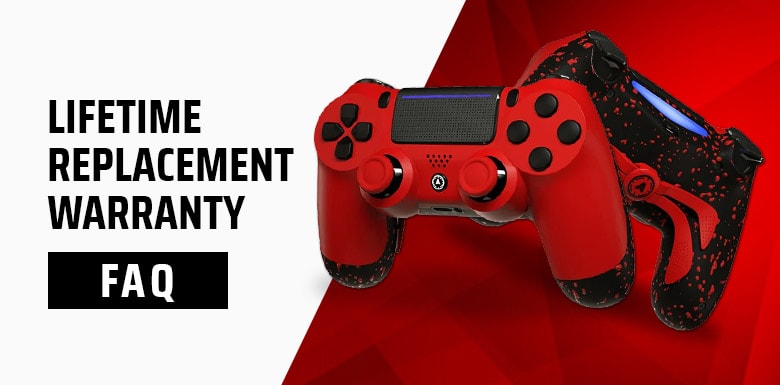








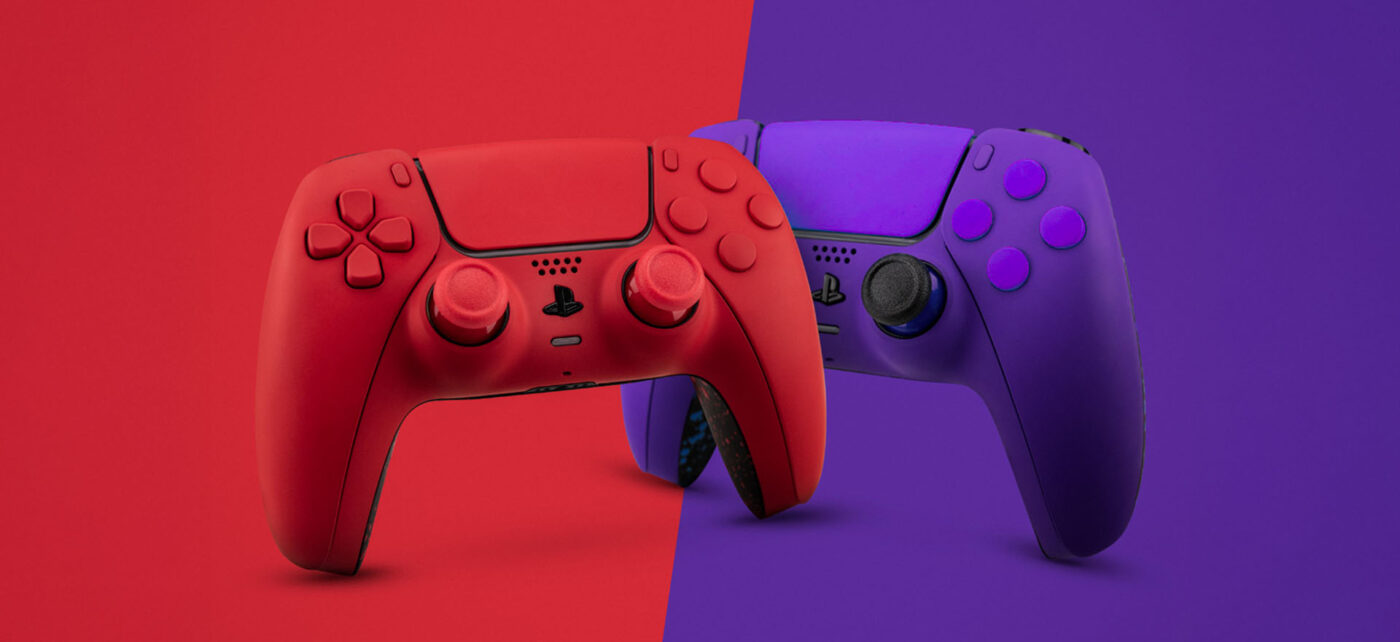
Latest news
Mastering the Custom Controller Setup for FPS Games
Master Optimising AimController for Competitive FPS Games – FPS Controller Setup Competitive Edge Ranked FPS [...]
Nov
Custom Controller Build for Racing and Fighting Games: PS5, PC & Xbox
Customising Controller for Racing & Fighting Games: Wireless Custom Controller Build, Design, and Style Racing [...]
Nov
Is a Customizable Game Controller Worth It?
Customisable Game Controllers in 2025: The Future of PC Gaming A controller is one of [...]
Oct
Best Controller Settings fo Battlefield 6: Best AimController Setup
The Best Controller Settings for Battlefield 6 BF 6 is set to redefine the first-person [...]
Oct
Key Gaming Trends of 2026
Key Gaming Trends of 2026 The gaming industry in 2026 is entering an age of [...]
Aug
How To Use a PS5 Controller on PC
How to Use the PS5 Controller on PC: A Complete Guide to Connect and Use [...]
Aug
Mortal Kombat Series – Legendary Fighting Game
Mortal Kombat Series – The Legendary Changing Fighting Game Mortal Kombat isn’t just another fighting [...]
Jul
The Benefits of Hall Effect Sensors in Controllers
Hall Effect Sensor Technology to Boost the Performance of Your Controller Hall Effect Sensors convert [...]
Jul